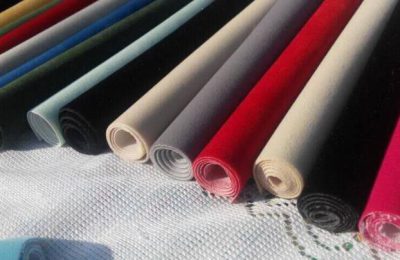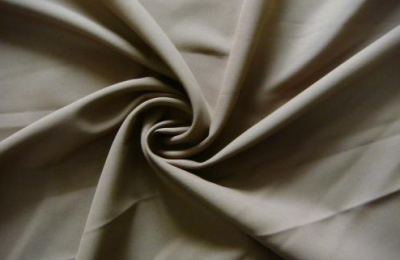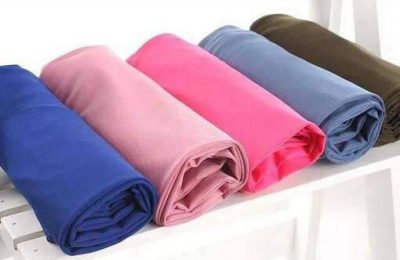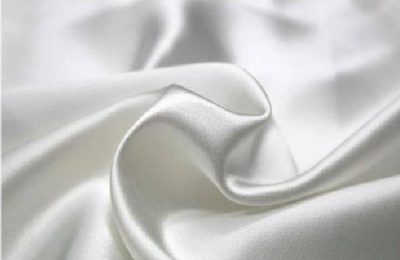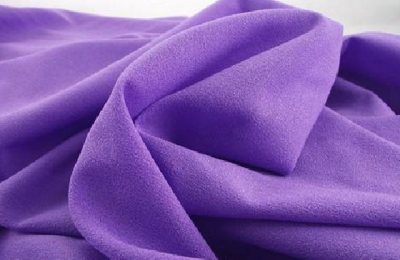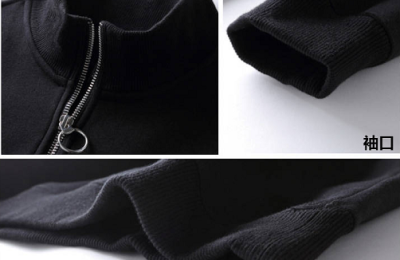Japanese wet-laid non-woven fabric is a fiber web made by dehydrating water, fiber and chemical additives in a special former, and is a non-woven fabric obtained by fixing the web through physical and chemical methods.
Wet spinning is one of the main spinning methods of chemical fibers.
Wet spinning includes the following steps: (1) Preparing the spinning solution; (2) Pressing the original solution out of the spinneret to form a thin stream; (3) Solidifying the thin stream of the original solution into nascent fibers; (4) Rolling the nascent fibers Installation or direct post-processing.
The principle of Japanese wet-laid non-woven fabrics is to dissolve the fiber-forming polymer in an appropriate solvent to obtain a solution with a certain composition, a certain viscosity and good spinnability, which is called spinning solution.
The spinning solution can also be obtained directly from homogeneous solution polymerization.
The polymer swells before dissolving, that is, the solvent first penetrates into the polymer, causing the distance between the macromolecules to continuously increase, and then dissolves to form a uniform solution.
The whole process takes a long time, and the speed of the swelling process has an important impact on the dissolution speed.
Before spinning, the polymer solution must go through pre-spinning preparation processes such as mixing, filtration and degassing to make the properties of the spinning stock solution uniform, remove gel blocks and impurities entrained in it, and remove the liquid. bubbles in.
In the production of viscose fiber, pre-spinning preparation also includes a maturation process to make the viscose have the necessary spinnability.
Suzhou ptfe filter membrane manufacturer supplies Japanese wet-laid non-woven fabrics, polyester spunbond non-woven fabrics, polypropylene spunbond non-woven fabrics and other non-woven fabrics, and the materials are resistant to high temperatures, because the melting point of polyester is around 260°C. In environments where temperature resistance is required, the stability of the outer dimensions of the non-woven fabric can be maintained.
It has been widely used in thermal transfer printing, transmission oil filtration, and some composite materials that require high temperature resistance.
</p



